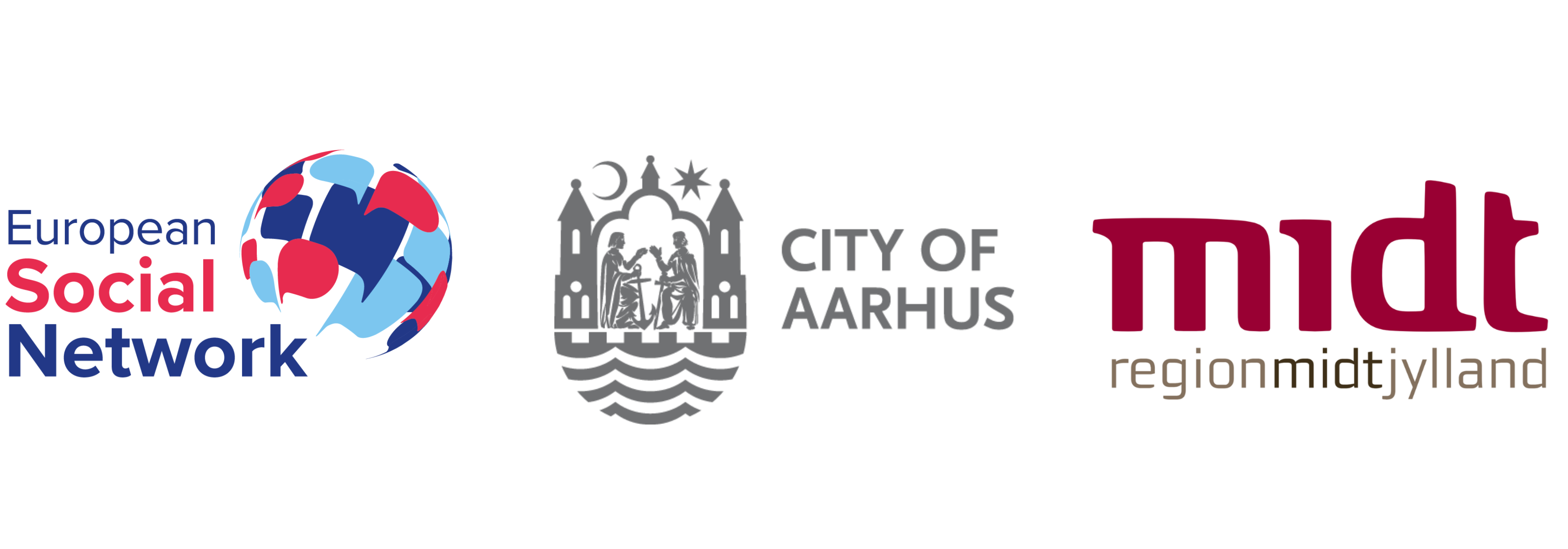By Stefano Scarazzati – Manager; Marianna Ronda – Senior consultant, KPMG Advisory S.P.A.
Technology has the power to enhance the delivery of social services, but only when it is guided by the real needs of people and grounded in a human-centered approach.
The public sector, along with welfare systems across Europe, is undergoing a profound transformation. Once rooted primarily in face-to-face interactions, it is now being redefined by digital platforms, data-driven tools, and AI-enhanced systems.
How is Technology reshaping the public sector? And what are the main challenges, opportunities and limitations?
According to Pier Stefano Sailer, KPMG EMA Head of Government & Public Sector, there is enough evidence now which shows that greater use of technology bridges the gap between government and the citizens. Public sector organizations across Europe face myriad challenges like evolving societal needs, rising costs and an ageing population. A paradigm shift in approach through digital transformation enhances efficiency, provides a personalized experience to the citizen, and ultimately improves service delivery to the people.
Although accelerated by the pandemic, Governments are now adopting latest technologies and digital tools to address evolving models of welfare delivery. There is immense scope to enhance welfare delivery through technology, by promoting seamless exchange of data between departments, and utilizing AI and advanced technologies for data analytics and automation. The challenge is to enable the optimal institutional framework, deployment of latest technology and building capacity of the public sector officials for effective service delivery.
How can technology become a true enabler of human-centered welfare?
Pier Luigi Verbo, Partner of KPMG Italy for the Public Sector, highlights that technology, when used effectively, amplifies rather than replaces the human element, facilitating contact, relationship, and knowledge sharing. In welfare services, where trust and empathy are vital, technology should reinforce – and not replace – the human connection.
This vision is echoed by Beatrice Valente Covino, Associate Partner for the Welfare Sector at KPMG Italy, who emphasises the importance of viewing innovation as an enabler within broader socio-economic and environmental frameworks. Technology must support a holistic understanding of people’s needs while preserving the relational dimension at the heart of welfare. From a practical perspective, technology can help public administrations prevent both under- and over-servicing: identifying people who risk being overlooked and avoiding unnecessary service allocation. It improves case management, increases efficiency, and promotes interoperability – a key feature in an increasingly mobile Europe, where citizens often live and work across multiple countries. Digital systems make it possible to guarantee continuity of care across borders.
Yet, continues Beatrice, technology alone is not enough. Welfare systems must evolve through a human-centered design that ensures tools like AI and big data are used ethically and meaningfully—to foster dignity, inclusion, and trust.
Ultimately, digital transformation in welfare is not merely about modernization or efficiency. It is about building fairer, more resilient societies. And that future depends on a balanced integration of innovation and empathy.

